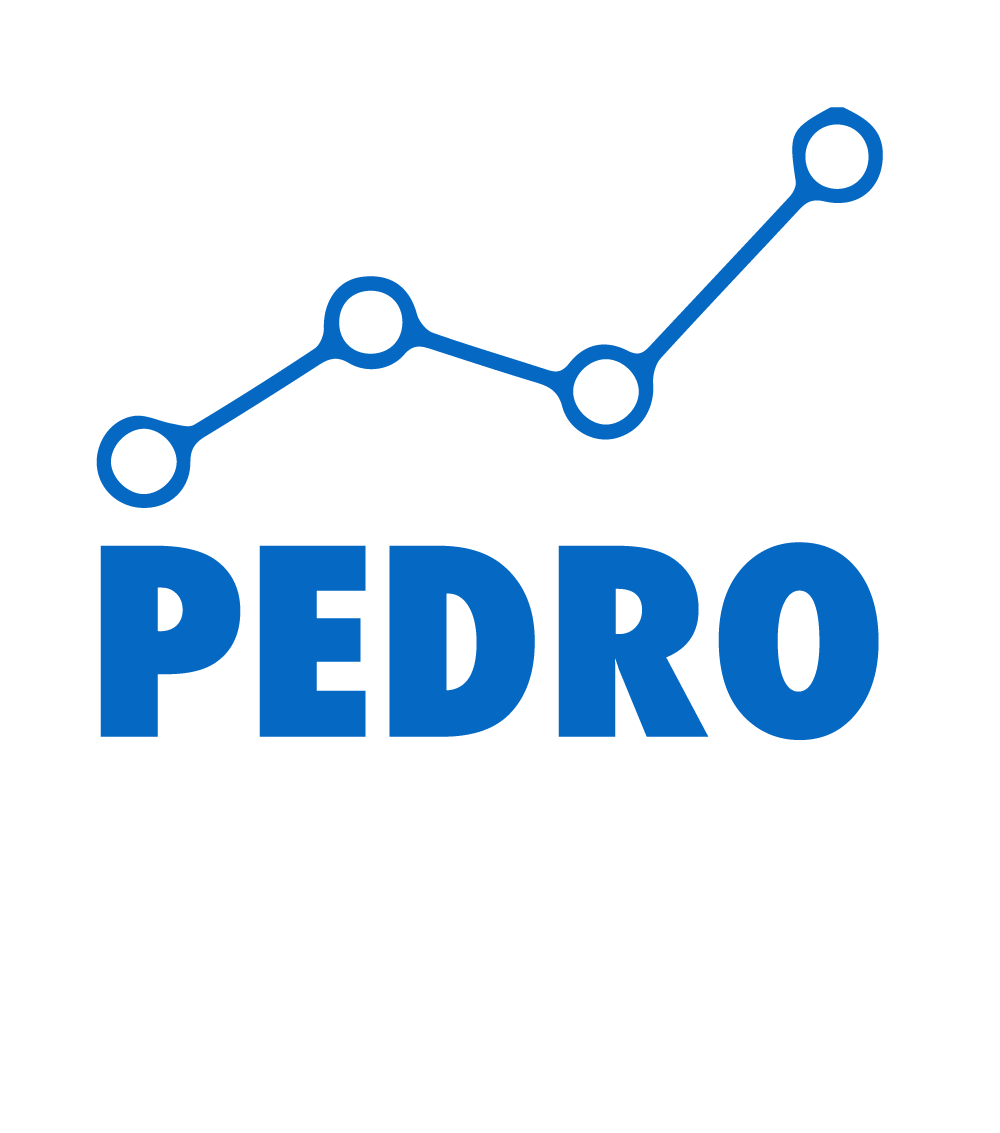PCE
What are chlorinated solvents?
Chlorinated solvents are a family of chemicals that are usually characterized as small molecules composed of carbon, hydrogen, and chlorine. One of the most commonly found chlorinated solvents includes tetrachloroethylene, commonly referend to as PCE or PERC. But numerous solvents in this family exist and can be found on contaminated sites, including chloroform, dichloromethane, vinyl chloride, and chlorinated benzene compounds. The structure of PCE is shown as an example compound in this family.
This whole group of compounds is characterized by their toxicity to humans and the environment at low concentrations and can be found in soil, groundwater, and vapour. Their small size makes them very mobile in the environment and the carbon-chlorine bond can be very strong, making them difficult to remediate without implementing costly measures.
Where are they commonly found?
This family of compounds are best known for their ability to act as solvents and are able to dissolve a wide variety of substances that can be otherwise difficult to remove, such as grease. In urban settings, these pollutants can be most often found at former dry cleaning operations where they were used as cleaning agents. However, they are also commonly found at automotive repair operations where they were used for cleaning automotive parts. These chemicals have also been, and still are, utilized in a wide variety of manufacturing processes and can also be found at numerous industrial sites.
In the United States, sampling of water bodies has found that nearly 40% of surface water has detectable PCE/PERC contamination, indicating just how widespread this pollutant is.
How are they currently remediated?
Most remediation methods for PCE/PERC rely on either excavation and disposal (landfilling or incineration) of contaminated material or breaking down the products through a process called reductive dechlorination. This processing is chemically outlined below, but focuses on providing chemical conditions that result in the removal of chlorine from these compounds in a sequential way. As the PCE/PERC is broken down, it results in the formation of “daughter products” that are chlorinated to various degrees. These daughter products can be as, or in some cases, more toxic than the original compound and their formation should be avoided during remediation operations.
This type of remediation is currently achieved through the costly injection of chemicals such as zero-valent iron (ZVI) or trying to use microbial breakdown pathways that can achieve this same effect. Typically, bioremediation of these compounds is attempted using oxygen-free environments.
Why is this approach different?
This approach to remediation of these widespread and challenging substances has been to identify microbes capable of degrading these compounds in environments where oxygen is present (aerobic). This has multiple advantages over microbial remediation methods where oxygen is omitted (anaerobic):
Remediation through this pathway is much faster than without oxygen.
Daughter product formation, particularly DCE and VC, will be minimized since they are quickly broken down in aerobic environments but not anaerobic environments.
Anaerobic remediation can result in the formation of methane. If not managed, this can result in explosive conditions in buildings at remediation sites. Fixed Earth’s aerobic method will not generate methane.
Anaerobic methods are difficult to implement on sites where groundwater or soil contain oxygen naturally.
The microbes Fixed Earth uses can even be derived on a case-by-case basis. This means clients receive microbes that are native to their site and are already adapted to the climate, chemistry, specific mix of chemicals found on the site, and will tolerate other pollutants present on the site.
These microbes are then injected into the site with other materials to promote their growth, such as nutrients and Bioavailible Material (BAM by ORIN Technologies) and a means to provide oxygen is implemented. The means of oxygen production can include, but is not limited to: chemical oxidants, electrooxidation, and air sparging
Are the microbes invasive or genetically modified?
No microbes developed or deployed by the team are genetically modified in any way. Fixed Earth typically uses microbes that are derived from the site they are cleaning and are already present in the site in small amounts, making it unlikely that they are invasive.
What happens to the microbes when the job is done?
All of the microbes Fixed Earth deploys utilize oxygen. When the team leaves the site and remove the oxygen generation system the majority of the microbes will die off or become inactive.
What are the by-products of remediation and are they safe?
When broken down by microbes, polyfluoro compounds will become fluoride ions, carbon dioxide, and more bacterial cells. Fluoride ions, under typical environmental conditions, will quickly react with calcium or magnesium to form inert minerals like fluorite. These compounds are essentially inert and are not considered toxic to people or the environment.
Is this cost effective?
In situ bioremediation has the potential to be significantly cheaper than traditional remediation methods. The exact savings will depend on the specific site. Contact Fixed Earth today to get an estimate for your project.
